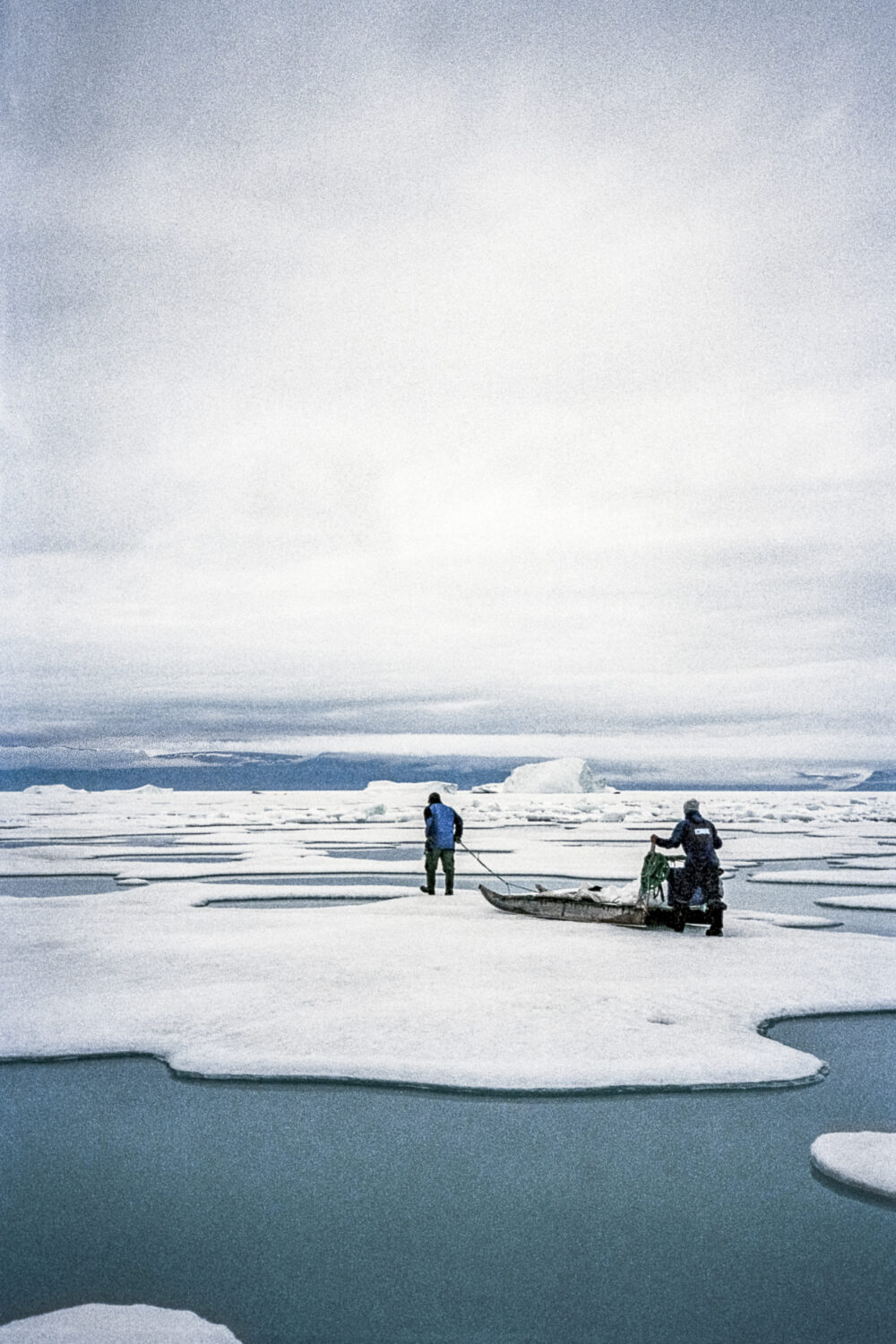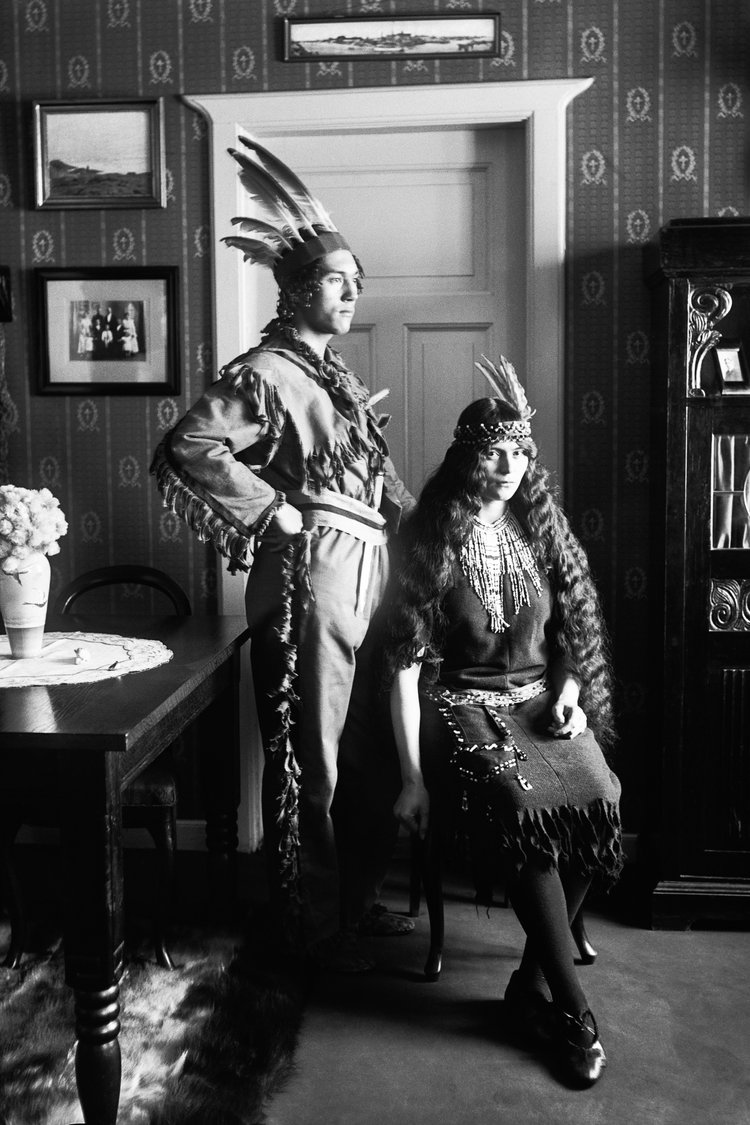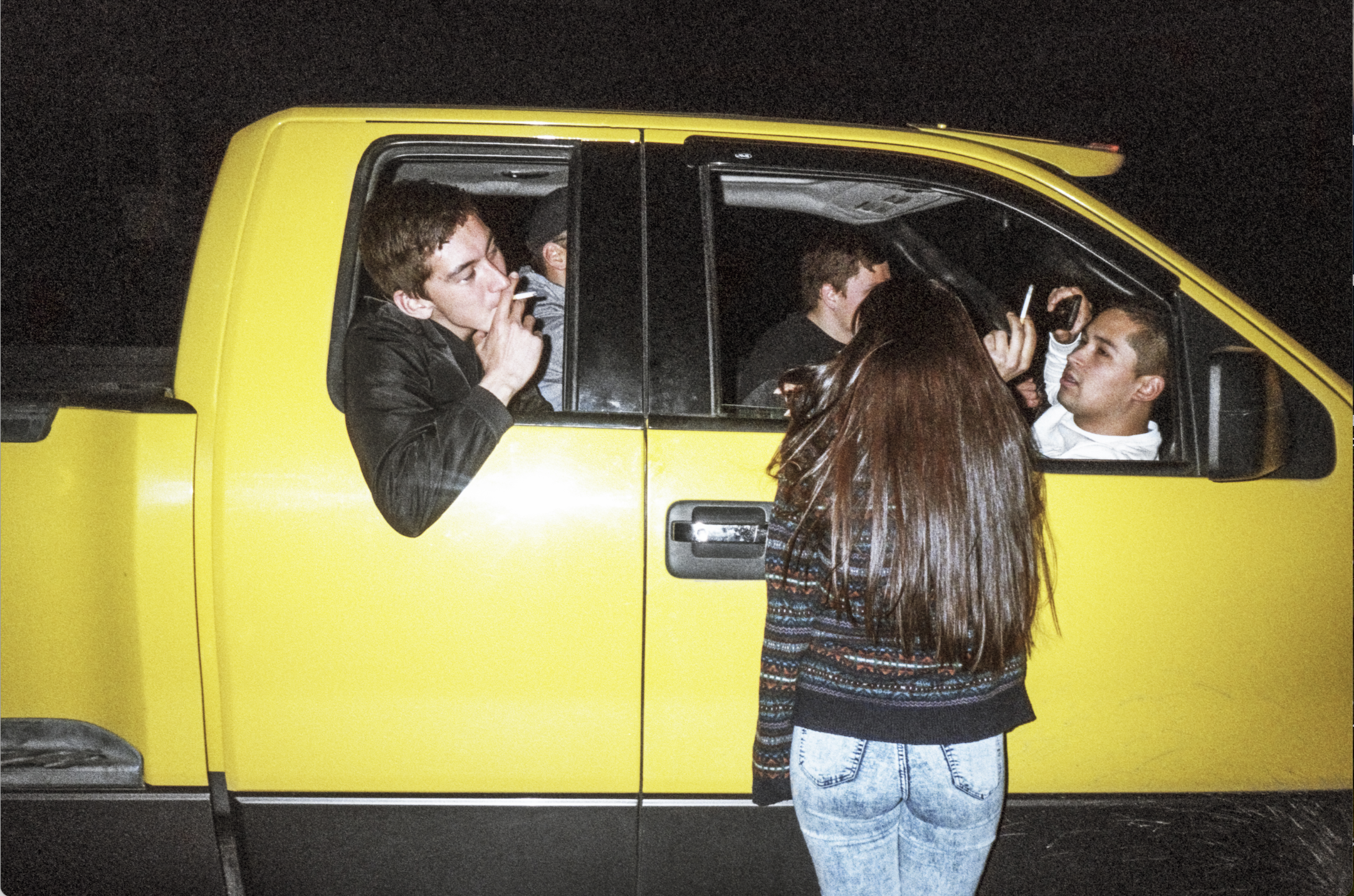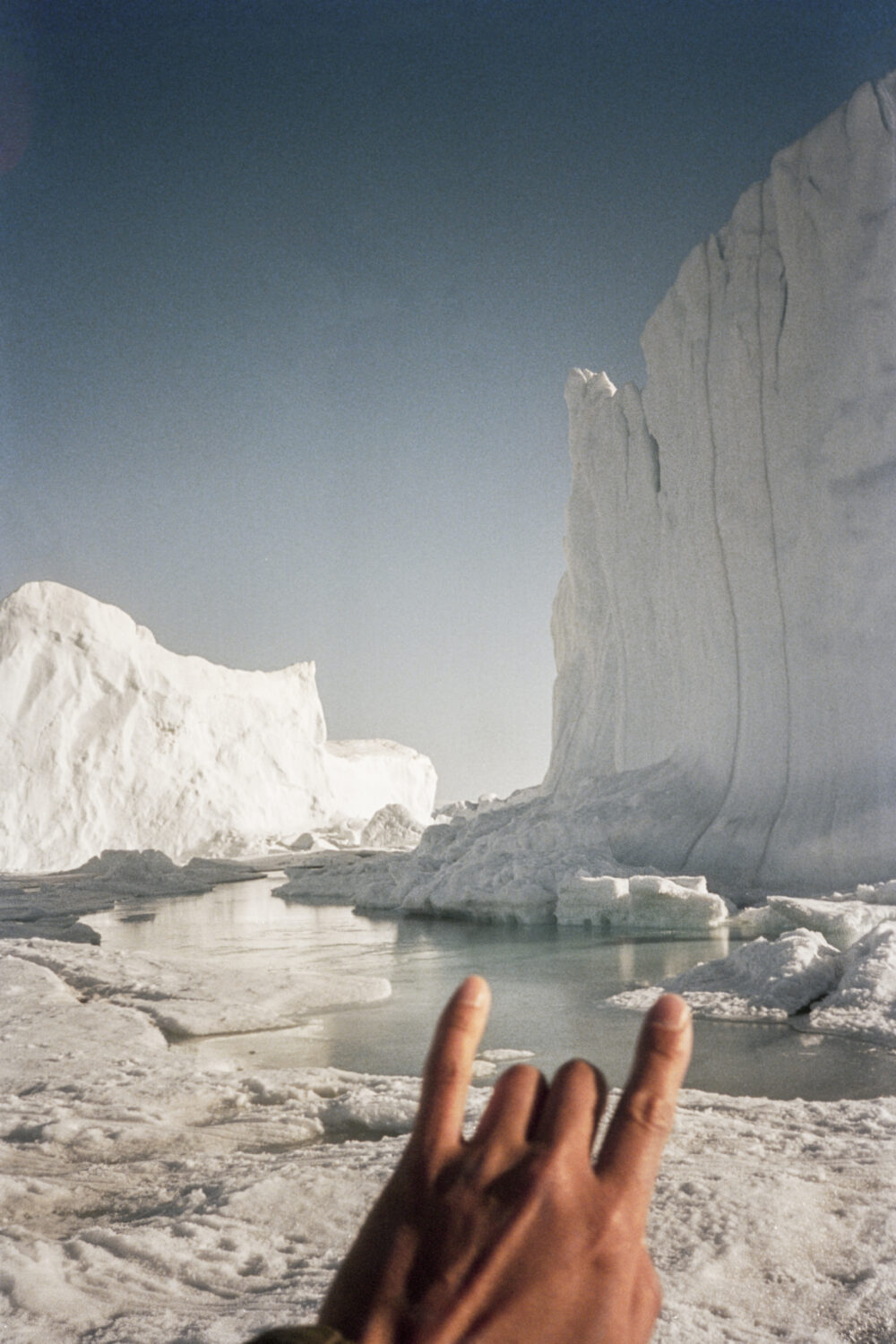Behind the Biennale: A Greenlandic Artist Will Represent Denmark in Venice for the First Time
By Louise WolthersOverseen by Brazilian curator Adriano Pedrosa, the 60th Venice Biennale, titled Stranieri Ovunque – Foreigners Everywhere, endeavours to give space and visibility to historically marginalised voices through an ambitious and multidisciplinary programme. Ahead of the International Art Exhibition’s launch — open to the public from 20 April 2024 — Something Curated introduces a new series, Behind the Biennale.
Comprising a collection of short essays, the series delves into insights from the curators of select national pavilions, offering first-hand perspectives on some of this year’s most anticipated presentations. Inaugurating the series is Louise Wolthers, curator of the 2024 Danish pavilion.

Rise of the Sunken Sun unites six of Inuuteq Storch’s photographic works, which together form a personal exploration and a larger, polyphonic narrative of Greenlandic identity, history, and everyday life.
It is the first time that a Greenlandic artist has a solo show in the Danish pavilion. However, when appointing Storch, the selection committee under the Danish Arts Council emphasised his artistic practice rather than his nationality. That said, his work does approach belonging, representation, and history writing – and thereby also the complex relation between Greenland and its former coloniser Denmark.
The appointment of Storch turned out to align with the overall biennale theme, ‘Foreigners everywhere’ celebrating peoples, who have traditionally been othered and marginalised. Already in Storch’s earliest work, At home we belong, he aimed to counter the still dominating stereotypical or existing depictions of Greenland and its inhabitants by outsiders. Without being didactive or loosing ambiguity, he insists on the value of the local perspective, and his photographs reflect the post- and decolonial hybridity in contemporary Greenland.
Commenting on the biennale theme, the curator Adriano Pedrosa has pointed out how indigenous groups are often treated as foreigners in their own land, and this offers an interesting context to the Greenland/Denmark relationship. After a gradual decolonising process, Greenland gained self-rule in 2009, but is still part of the Danish Commonwealth. Current discussions about whether Greenland should become entirely independent of Denmark are ongoing. The young generation is especially fed up with the dominance of Danish language and lack of equal opportunities for those who only speak Greenlandic.

This is a relevant context for Storch’s gesture of partially covering the word ‘Danmark’ on the façade of the Danish Pavilion with a semi-transparent sign saying ‘Kalaallit Nunaat’. Following his choice of using the Greenlandic name for his home country (i.e. the land of the Kalaallit), all exhibition texts, catalogue texts etc. apply the word Kalaallit Nunaat instead of ‘Greenland’, which can in some cases read as a trace of colonialism. It will also be noted that some of Storch’s titles, rather than duplicating correct English, is inspired by Greenlandic grammar (for instance his most recent series, Soon will Summer be Over).
Shortly after Storch was appointed I was approached for the role of curator, which I happily accepted since I already knew and appreciated Inuuteq’s work. I was also thrilled by the fact that it is the first time that a photographer has a solo show at the Danish pavilion. Storch is a remarkable voice in contemporary Greenlandic photography. He explores Greenlandic identity and everyday life with an aesthetic that is raw and poetic, playful and humorous, elusive and physical.
Rather than being preoccupied with advanced photographic equipment and technical perfection, he has a personal and intuitive relationship to the act of photographing, using cameras that have been purchased or gifted by friends and family. Photography is part of the community building, which is especially evident in series like Keepers of the Ocean where he mostly photographs his circle of friends and everyday scenes in his hometown, Sisimiut.

But Storch is also aware of the value of historical photography in creating a more nuanced history of Greenland – and of photography’s overall role in the colonisation. The exhibition includes portraits from around 1900 by the first professional Greenlandic photographer John Møller as well as vernacular images from Storch’s own family’s archive from the 1940s to 2000s. From Møller’s vast collection of glass negatives (in Greenland’s National Museum), Storch has mainly selected portraits of Danes, representing colony managers, priests, members of expeditions and scientists who observed, registered and photographed the local inhabitants. In a subtle act of mimicry Storch juxtaposes these with his own photographs of present-day young Greenlanders.
This juxtaposition is staged through montages in two lightboxes, which is an example of how we have been thinking along with the pavilion’s architecture: the lightboxes are made for the centre niche in the large so-called Brummer Hall, and in the adjoining niches, two video projections show slideshows from the family archive – images from the father’s side to the left and from the mother’s to the right. They came from different socio-economic backgrounds, which can be traced in the photographs.
The versatility of the photographic medium has allowed us to use different formats, spanning from projections to framed prints mounted on white walls. We chose a subtle, minimalist scenography for the works in the newer parts of the pavilion. But the Brummer Hall is turned into a big darkroom in order to let the lightboxes glow. The ‘heart’ of the room, and in a way of the whole exhibition, is a huge, freestanding, red semi-circle with a reflective surface, emphasising mirroring and doubling as our key curatorial concepts. The sculptural element also refers to the Greenlandic flag, where a red semi-circle represents the sun setting over the ice.

This brings us back to the exhibition’s title, Rise of the Sunken Sun, which is a reference both to the flag, and to the importance of light and the sun in Storch’s work. Furthermore, the phonetic resemblance between ‘sun’ and ‘son’ is significant: as in many colonial relationships, the Danish discourse was for centuries based on an infantilising perception of Greenland as a submissive child expected to demonstrate gratitude towards the ‘rational motherland’. This mindset has left enduring traces even today. Thus, Rise of the Sunken Sun alludes to a de- or postcolonial condition where the metaphorical ‘child’, historically rendered silent, now claims its space, and asserts its voice.
Inuuteq Storch is above all a storyteller using his personal perspective to contribute to a more nuanced image of Greenland. I hope this exhibition will introduce Storch’s work to a wider global art community, and create more attention to Greenlandic art and I am excited to see the show in dialogue with other pavilions at the biennale – for instance the Canadian Pavilion – and with Pedrosa’s main exhibition. We are at a pivotal moment for indigenous artists, not least from the Inuit and Sámi regions of the circumpolar world.
Feature image: From the series Porcelain Souls. Photo: Inuuteq Storch